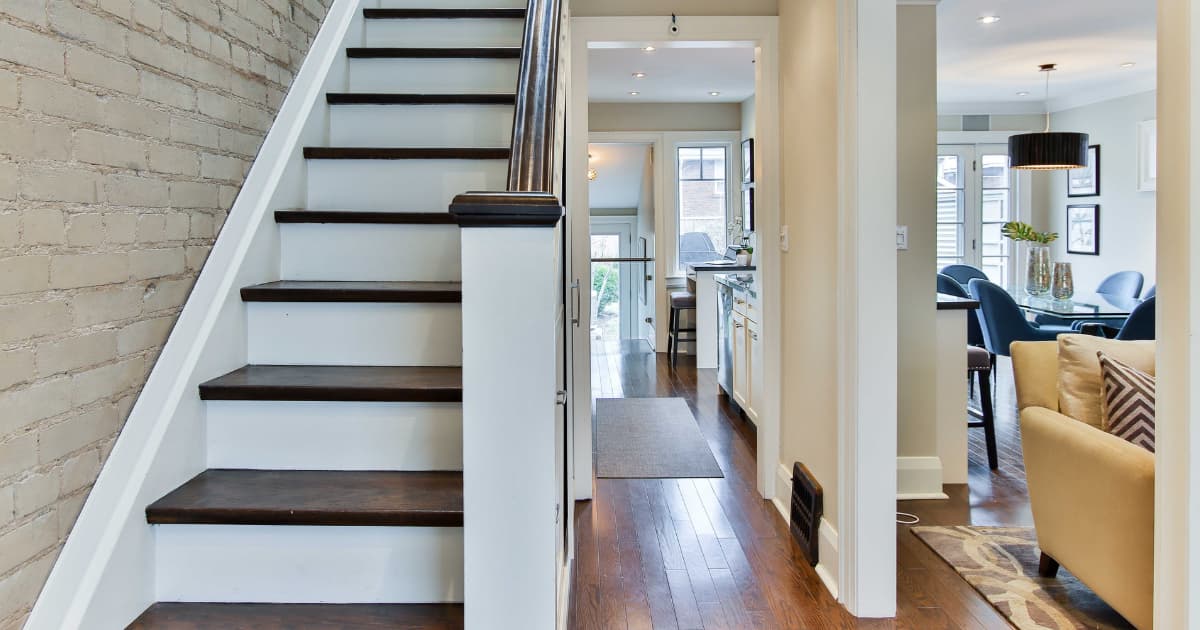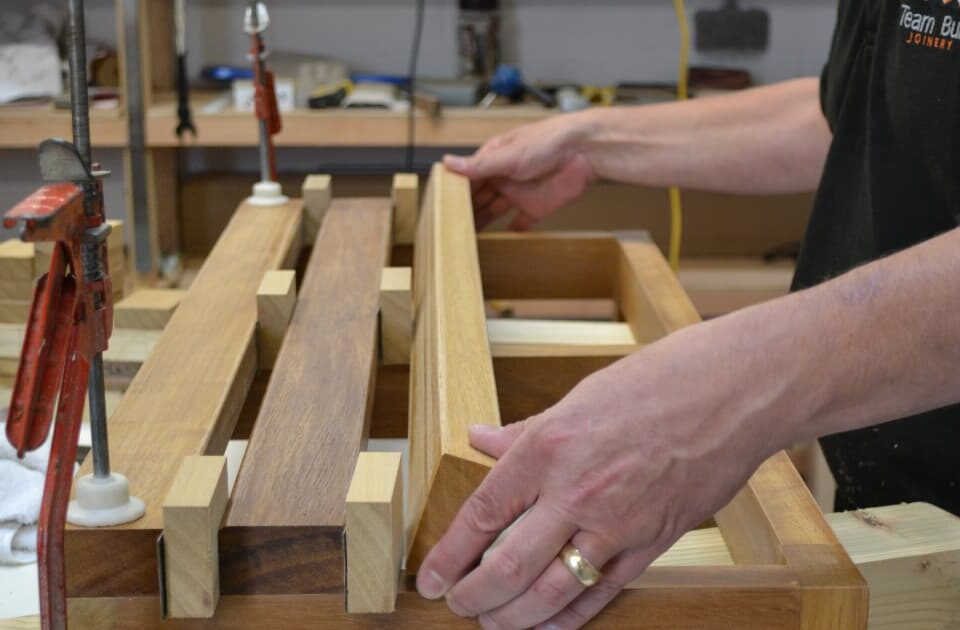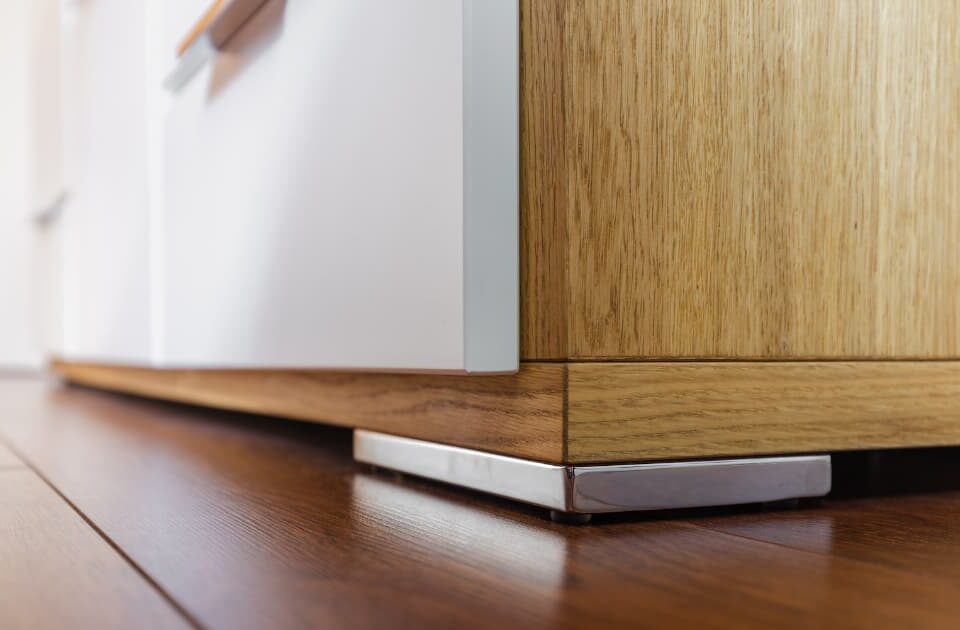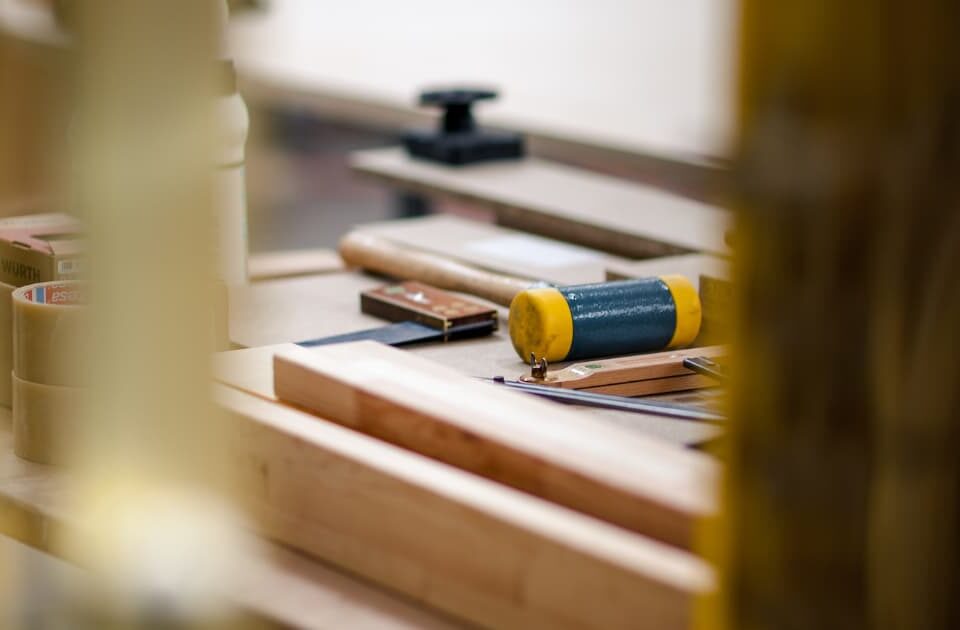Renovating a Staircase: A Mini Guide

Top Kitchen Design Trends in 2021
6th October 2021
Should You Opt for Sliding or Hinged Wardrobe Doors?
20th October 2021Unless you live in a bungalow (or have a lift for every floor in your house), you may find yourself needing a staircase renovation at some point in your life. The fact is that the staircase remains one of the most structurally important elements of a multi-story home, and can be responsible for transforming the look of the entire space it sits in.
In this article we look at how to renovate a staircase sensitively and safely, bringing it into the 21st century without impacting the aesthetic of your home.
Why you might renovate your staircase
The good news is that staircases rarely suffer structural issues, unless they were made poorly to begin with. As such, those considering a staircase renovation will tend to find that while the different elements of the staircase may require updating and upgrading, the integrity of the stairs themselves are usually absolutely fine at their very core.
Some of the main issues with older staircases which might spark your desire for renovation include creaky steps, a broken or loose banister, missing parts, or simply an unattractive look that you want to change.
For your information, here are a few of the key terms in the staircase dictionary – to help you determine which of the following points you might need to focus on.
Staircase tread: the top of the step which your foot lands on as you walk up and down.
Risers: The vertical part of each step which provides each with a backdrop.
Timber bearers: The structural supports which hold the tread in place and support it under weight.
Nosing: The front edge of the tread which becomes worn as we rarely put our whole foot on the step.
Spindle: The individual supports that hold the banister in place.
The most common types of staircase renovation
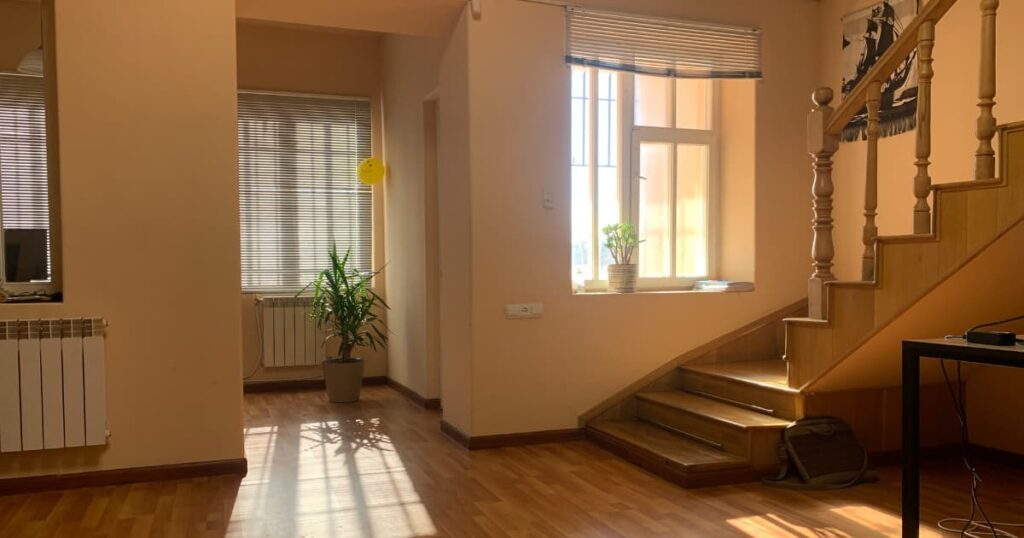
Tread
If a step feels uneven or creaks every time you step on it, you might find that this is a problem with the tread, or the relationship between the tread and the timber bearers. In many cases, these treads are built individually so it is not hard to remove one and replace it with a new strip of wood or material – ideally replacing the bearers as well.
Nosing
Over time you might find that increased use causes the nosing on some of your steps to wear away and become cracked. If this happens you will likely need to replace the whole tread, with the complexity of this project depending on the shape or your stairs and whether or not you require a bespoke joiner.
Stair spindle
It is not usually difficult to replace an individual cracked or broken spindle, though we do find that some homeowners struggle to replace original or traditional looking spindles years after the original fit – primarily because finding an identical replacement is difficult. This is where bespoke joinery comes in, with many relying on an interiors company like ours to create replacement pieces for their staircase.
Handrail / banister
If your banister is starting to feel a little uneven or wobbly then you will need to check the screws which are holding is securely to each of the spindles. You may find that over time, excessive use has caused small cracks which create space around each of the screws – creating that wobble that can feel so precarious when you come across it on your way down the stairs.
If you decide to fit a new banister then again, a bespoke joinery specialist is likely the best option to create the right match for your existing staircase – or you can start from scratch and replace both the banister and spindles off the shelf.
Aesthetics
The most common and lowkey staircase renovation is one which involves aesthetics – that is, the colour of the banister and spindles, the covering on the tread, and the accessories you use to line your staircase. It is amazing what a lick of fresh paint can do to revitalise an existing staircase construction; alternatively, homeowners can pull up old carpet and add paint to old wooden tread and risers or lay new carpet to add a luxurious and soft finish to their stairs.
The benefits of bespoke staircase renovations
All of the above renovations can add new life to a staircase – but in the more complex cases, or if you are looking to replicate a very specific look, you might find that a bespoke joinery and interiors company is your best option to achieve your desired finish.
To discuss your staircase design project and find out if a bespoke service could provide the finish you are looking for, get in touch with us today.

